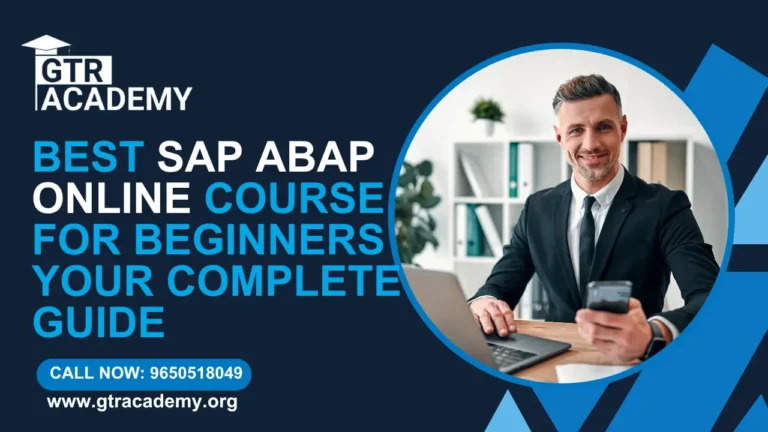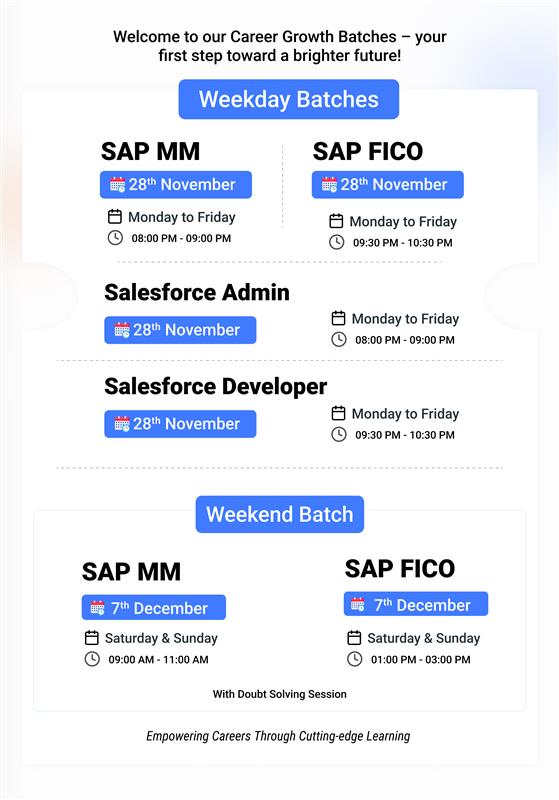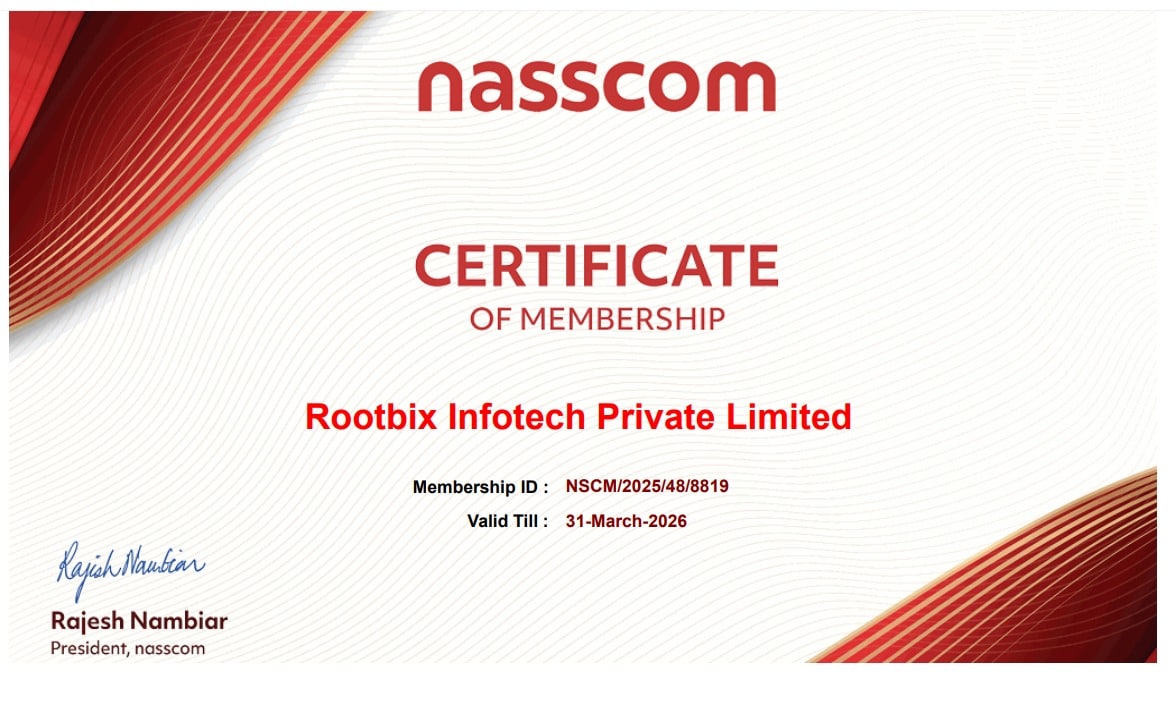Advanced Excel Mastery
Building High-Performance APIs with FastAPI: A Comprehensive Guide
1. Introduction to FastAPI
1.1 Overview
FastAPI has emerged as a cutting-edge Python framework for developing application programming interfaces (APIs). Created by Sebastián Ramírez, it combines Python’s simplicity with performance comparable to Node.js and Go.
1.2 Key Technologies
-
Starlette: Powers the web server components
-
Pydantic: Handles data validation and settings
-
Python Type Hints: Improves code quality and documentation
1.3 Core Advantages
-
Automatic data validation
-
Interactive documentation generation
-
Exceptional asynchronous performance
-
Production-ready capabilities
2. Core API Development Concepts
2.1 HTTP Methods and Path Operations
Path Fundamentals
-
Endpoint URLs (e.g.,
/users,/products/42) -
Route parameters (e.g.,
{item_id})
HTTP Method Types
-
GET: Retrieve resources
-
POST: Create resources
-
PUT: Replace resources
-
PATCH: Update resources partially
-
DELETE: Remove resources
2.2 Python Type Hints
Key Benefits
-
Runtime data validation
-
Enhanced IDE support
-
Automatic API documentation
-
Data type conversion
Implementation Example
@app.get("/items/{item_id}") def read_item(item_id: int): return {"item_id": item_id}
3. Advanced Features
3.1 Request/Response Models
Pydantic Implementation
class Item(BaseModel): name: str price: float tax: float = None
Model Advantages
-
Automatic JSON parsing
-
Clear field requirements
-
Documentation generation
3.2 Asynchronous Support
Async/Await Benefits
-
Efficient concurrency handling
-
Improved resource utilization
-
Simplified async database integration
3.3 Dependency Injection
System Advantages
-
Shared resource management
-
Clean architecture
-
Enhanced testability
4. Documentation and Testing
4.1 Automatic Documentation
Available Interfaces
-
Swagger UI (
/docs) -
ReDoc (
/redoc) -
OpenAPI schema (
/openapi.json)
4.2 Testing Strategies
TestClient Implementation
def test_read_item(): response = client.get("/items/42") assert response.status_code == 200
Testing Scope
-
Success scenarios
-
Error conditions
-
Authentication tests
-
Performance benchmarks
5. Security Implementation
5.1 Authentication
Supported Methods
-
OAuth2
-
JWT tokens
-
API keys
-
HTTP Basic Auth
5.2 CORS Management
app.add_middleware( CORSMiddleware, allow_origins=["*"], allow_methods=["*"] )
6. Performance Optimization
6.1 Caching Strategies
-
Request-level caching
-
Database query caching
-
CDN integration
6.2 Response Compression
app.add_middleware(GZipMiddleware)
6.3 Database Optimization
-
Connection pooling
-
Proper indexing
-
Read replicas
7. Deployment Strategies
7.1 Containerization
FROM python:3.9 WORKDIR /app COPY . . CMD ["uvicorn", "main:app", "--host", "0.0.0.0"]
7.2 Cloud Deployment
-
AWS (ECS, Lambda)
-
Google Cloud (Cloud Run)
-
Azure (App Service)
7.3 CI/CD Pipeline
-
Automated testing
-
Container builds
-
Blue-green deployment
8. Real-World Applications
8.1 Microservices
-
Lightweight architecture
-
Easy containerization
-
Service communication
8.2 Data Science APIs
-
ML model serving
-
Large dataset processing
-
Data pipeline integration
8.3 Real-Time Systems
-
WebSocket support
-
Streaming responses
-
Event-driven design
9. Conclusion
9.1 Framework Advantages
-
Exceptional performance
-
Developer-friendly design
-
Production-ready features
-
Strong security
9.2 Business Benefits
-
Reduced development time
-
Improved reliability
-
Simplified maintenance
-
Enhanced developer experience
9.3 Future Outlook
-
Growing ecosystem
-
Community support
-
Modern API development standard










